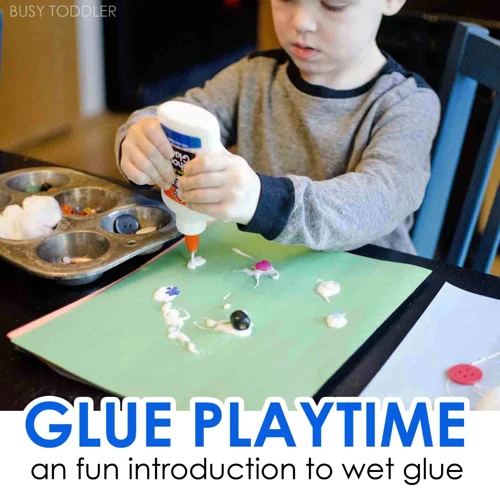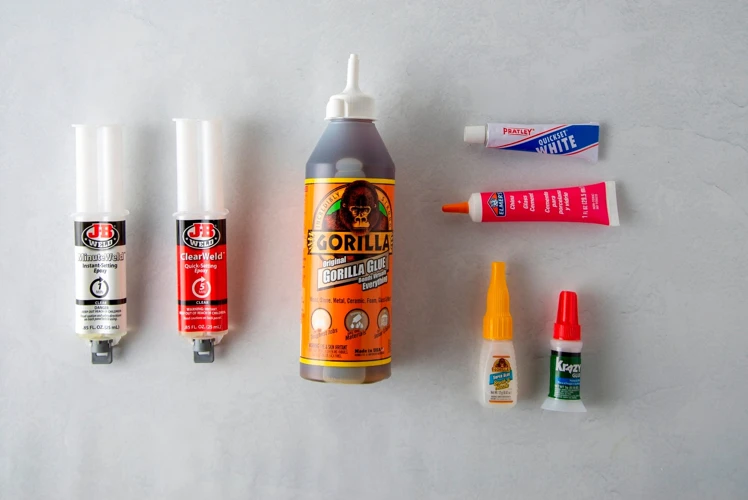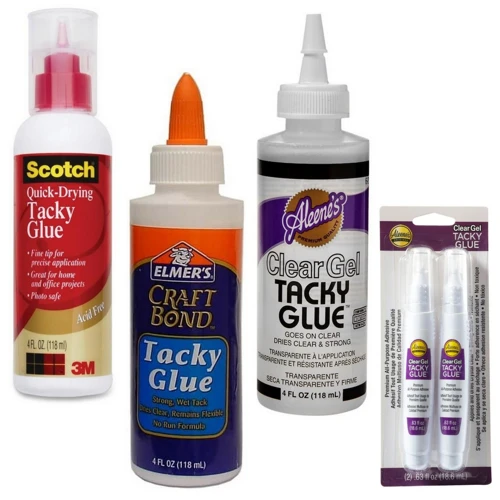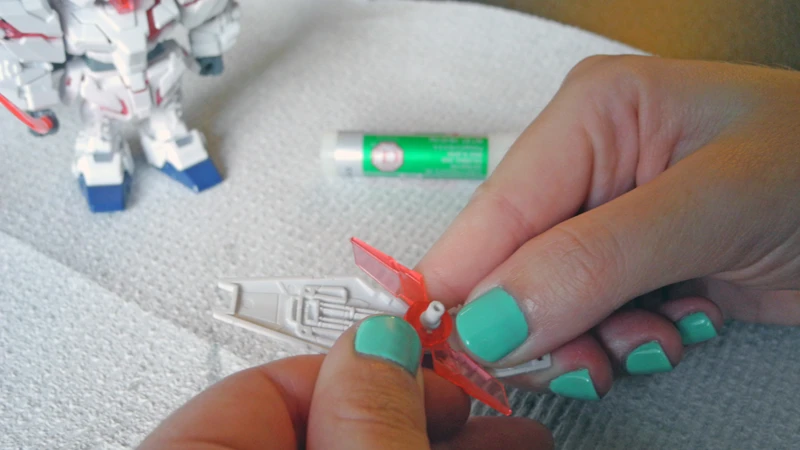When the cherished pottery breaks, it’s not just the material that shatters but also a piece of history and sentiment. Understanding the process of ceramic repair is crucial for anyone looking to restore their treasured items to their former glory.
What Is Pottery Glue Used For?
Specifically formulated for bonding ceramic materials, pottery glue is an essential component in repairing broken pottery. It is designed to withstand the unique composition of ceramics, ensuring a strong bond that can hold up over time.
The Importance of Repairing Broken Pottery
Not only does repairing broken pottery save a piece from being discarded, but it also preserves the craftsmanship and heritage it represents. In a world increasingly focused on sustainability, repairing rather than replacing is a valuable practice.
Selecting the Best Glue for Pottery
Choosing the right adhesive is a pivotal step in the repair process. The best glue for pottery is one that offers a durable bond while being suitable for the ceramic’s particular characteristics.
Ceramic Glue: Types and Uses
Ceramic glue comes in various forms including epoxies, polyvinyl acetates (PVAs), and cyanoacrylates, each with its specific use cases and strengths. The choice depends on the type of ceramic and the nature of the break.
Evaluating Adhesive for Clay and Ceramics
When selecting an adhesive for clay, factors such as drying time, strength, and the ability to be painted over should be considered. The ideal adhesive will create a bond that is virtually invisible and long-lasting.
The Best Glue for Pottery: Top Picks
- Epoxy resins: Known for their strength and durability.
- PVA glues: A good choice for non-porous ceramics.
- Super glues: Quick-drying and suitable for small, clean breaks.
Preparing for Pottery Repair
Before you begin the process of bonding clay pieces, adequate preparation is key to ensuring a successful repair. A clean and well-prepared surface is vital for the glue to adhere properly.
Cleaning and Preparing Broken Pieces
Thoroughly clean each fragment with mild soap and water to remove any dust, oils, or residues. Allow the pieces to dry completely before attempting to glue them together.
Gathering Materials for Bonding Clay Pieces
Assemble all necessary materials including the selected ceramic glue, a clean workspace, and protective gloves. Having everything at hand streamlines the repair process.
The Step-by-Step Ceramic Repair Guide
The success of pottery repair often lies in the details of the process. Following a meticulous ceramic repair guide can make the difference between a visible mend and an unnoticeable repair.
How to Fix Clay: A Detailed Approach
Begin by applying a thin layer of glue to one of the broken edges, then carefully align the pieces. Apply gentle pressure to ensure the glue spreads evenly and holds the pieces together.
Gluing Ceramics: Techniques for a Seamless Bond
Use minimal amounts of glue to avoid overflow, and wipe away excess adhesive with a damp cloth. Clamping the pieces together while the glue cures can help achieve a seamless bond.
Mending a Clay Sculpture
When it comes to how to fix clay sculptures, the approach must be gentle and artistic, as these pieces often contain intricate details that need to be preserved during the repair process.
Reconstructing Details in Clay Artwork
To mend clay sculpture, patience is required to piece together smaller fragments and reconstruct the sculpture’s fine details. Sometimes, it might be necessary to fill gaps with fresh clay or a putty made from the same ceramic material.
Finishing Touches for a Restored Piece
Once the adhesive has cured, you can sand any rough edges and paint over the repaired areas to match the original finish, making the restoration work nearly invisible.
Maintaining Your Repaired Pottery
After the pottery repair, proper maintenance is essential to ensure the longevity of the restored piece. Handling the item with care will help prevent future damage.
Caring for Your Mended Clay Sculpture
Keep the repaired pottery in a safe place where it is less likely to be knocked over or stressed. Avoid using the item for heavy-duty purposes if it has been glued.
Preventative Measures for Pottery Longevity
Preventative measures include avoiding sudden temperature changes and not using repaired ceramics for food or drink if the glue used is not certified as food safe.
Troubleshooting Common Pottery Repair Issues
Even with careful application and the best glue for pottery, issues can arise post-repair. Knowing how to address these will ensure that your repair work stands the test of time.
What to Do If the Glue Doesn’t Hold
If the adhesive fails to hold, remove the glue completely, clean the surfaces again, and reapply a thin layer of glue, ensuring that both surfaces make full contact.
If you’re tackling a DIY project and need to repair broken materials, you might find our guides quite helpful. For those working with clay, learning how to glue cement back together can offer similar principles that apply to your clay projects. If you’re dealing with natural stone, check out our tips on how to glue slate together. And for woodworkers, our article on how to glue wood together can help ensure strong bonds in your wooden creations. Each guide is designed to help you navigate through the adhesive process with ease, providing a sturdy fix to your broken items.
Addressing Aesthetic Concerns Post-Repair
For visible repair lines or mismatched colors, consider using ceramic fillers or paint to blend the repair into the original piece, thereby enhancing the overall appearance.
In conclusion, repairing broken pottery can be a fulfilling endeavor that not only saves pieces from the landfill but also preserves the beauty and history of the ceramics. By selecting the appropriate ceramic glue, preparing the pieces properly, and carefully following the ceramic repair guide, you can achieve an effective repair that is both strong and subtle. Whether you aim to mend clay sculpture or a simple ceramic dish, the right techniques and care can breathe new life into your cherished pottery.




